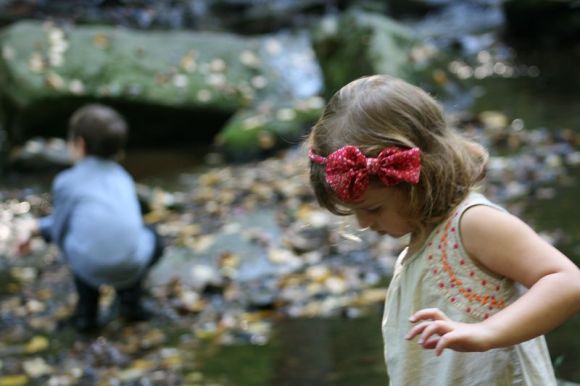“We are like tenant farmers chopping down the fence around our house for fuel when we should be using Nature’s inexhaustible sources of energy — sun, wind and tide. … I’d put my money on the sun and solar energy. What a source of power! I hope we don’t have to wait until oil and coal run out before we tackle that.[1]” – Thomas Edison
In that 1931 conversation with Henry Ford and Harvey Firestone, Edison prophetically described the potential of solar energy to be used to supply society’s energy requirements. And with the help of government subsidies and a greater emphasis on the importance of sustainability by the Obama administration, the solar industry is off to a fast start in 2013 as ETF’s Guggenheim Solar and Market Vectors Solar Energy are up 20% this year.[2]
There are many attractive features of solar energy, led primarily by the almost infinite amount of raw energy provided by that thing called the sun. In addition, solar panels are becoming cheaper to manufacture and last around two decades, which creates a tremendous amount of value over the life of the product (not to mention the tax advantages of owning a solar paneled system). Lastly, solar energy panels provide a clean source of energy to power your entire home without the expense to the environment – at least so we thought.
According to a recent yahoo article, the solar industry may have a dirtier side after first glance. Because of government subsidies, solar panel manufactures are incentivized to produce as many units as possible. However, one of the major downsides to this is amount of sludge and contaminated water from the manufacturing process.[3] And because a majority of these companies are startups with huge overhead costs and are heavily invested in research and development, firms are unable to build storage facilities for this waste, which forces them to ship the contaminants across state lines to waste facilities hundreds and sometimes thousands of miles away.[4] Lastly and most shockingly is the fact that the transport of the waste is not calculated into the products’ carbon footprint, which is the quantitative figure assessing the product’s ecological impact across the timespan of its inception to its destruction. It is a bit hypocritical for companies, which have a green initiative as an alternative energy source, to be so nonchalant about a green calculation with such great significance.
What is also striking is the industry-wide lack of transparency regarding the carbon footprint of the solar companies. “The Silicon Valley Toxics Coalition, a watchdog group created in 1982 in response to severe environmental problems associated with the valley’s electronics industry, is now trying to keep the solar industry from making similar mistakes through a voluntary waste reporting “scorecard.” So far, only 14 of 114 companies contacted have replied.[5]”
That being said, as an alternative energy source, solar energy is still the cleanest and most reliable. Compared to coal and natural gas derived energy, solar produces ten times less pollutants, and as mentioned previously, with a twenty year life expectancy for panels, provides a great source of energy for a significant length of time. The oversight of not including transportation costs may be a harmless and overlooked nuance that has not jeopardized lives. Yet, as a writer for an information sharing blog, the lack of transparency leaves a bad taste in my mouth and changes need to be made to provide consumers with the most up-to-date information. The solar industry as a result of this report cannot hide behind the veil of purity in doing green work, while simultaneously producing inefficient carbon footprint “scorecards”. Only when the industry makes amends to change its behavior in reporting information can we as consumers feel confident in living green, and being green.
[1] http://en.wikiquote.org/wiki/Thomas_Edison
[2] http://finance.yahoo.com/news/solar-industry-impressing-investors-gains-132000140.html;_ylt=A2KJ2UiI.h9RZ0gAlDbQtDMD
[3] “In many cases, a toxic sludge is created when metals and other toxins are removed from water used in the manufacturing process. If a company doesn’t have its own treatment equipment, then it will send contaminated water to be stored at an approved dump.”
[4] http://news.yahoo.com/solar-industry-grapples-hazardous-wastes-184756813.html;_ylt=A2KJ2UZE9h9RPGoAWB3QtDMD
[5] See id no. 4








